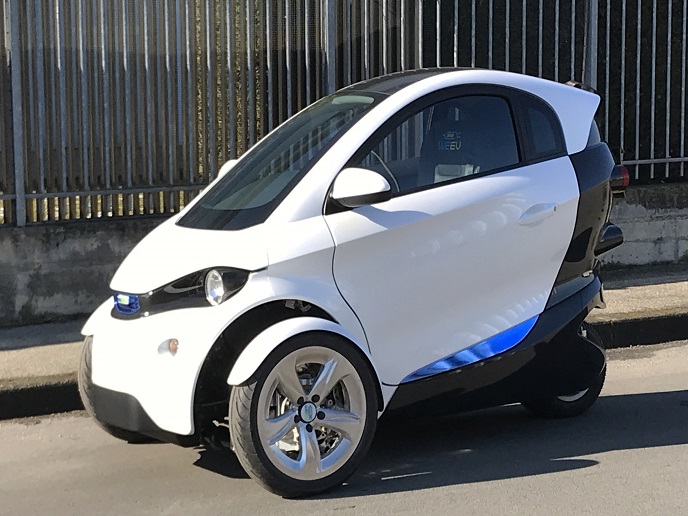Drawing on motorsport know-how to develop tomorrow’s aircraft
When it comes to search and rescue or medical emergency situations, being able to reach those in need within the first 60 minutes, known as the golden hour, is paramount. Airbus Helicopter’s RACER demonstrator(opens in new window), being developed under the Clean Sky 2 programme, shows great promise for mission critical flights. It is twice as fast as conventional helicopters – over 400 km/h – agile, greener, versatile as well as cost-efficient. Leveraging motorsport technology, the EU-funded FastCan consortium, comprising KLK Motorsport GmbH(opens in new window) and Modell- und Formenbau Blasius GERG GmbH(opens in new window), was selected to design and manufacture a canopy structure for RACER. “We were responsible for its design and optimisation and GERG for the manufacturing of the flightworthy components,” notes Steve Dubs, project coordinator and head of design at KLK Motorsport GmbH. In addition to this, the project aimed to open the door to new market possibilities in the aviation industry for the consortium.
Game-changing cabin frame structure
FastCan delivered the canopy structure to Airbus Helicopter in early 2021, achieving what they set out to do in 2017. It is lightweight, safe and flightworthy(opens in new window) and optimised for low aerodynamic draft, a good field of view, and is in accordance with CS29 requirements regarding bird strike. “The design of the canopy is based on our over 20 years of experience in developing and manufacturing cutting-edge lightweight carbon fibre reinforced polymer (CFRP) structures for motorsport and automotive application,” highlights Dubs. The canopy is a hollow one-piece design made from CFRP with a high degree of functional integration. For instance, the canopy combines hollow profiles with sandwich sections into a single component. Its architecture offers a multitude of advantages that help, amongst other things, reduce its weight, cost assembly times, and its impact on the environment.
Enhancing the competitiveness of Europe’s aviation industry
“Being able to work on a project that can significantly reduce the time needed to bring help to people is highly motivating and satisfying,” reflects Dubs. In addition to contributing to the development of the RACER, the consortium was able to demonstrate their extensive experience and capabilities in the field of lightweight composite solutions. They had the opportunity to optimise, mature and prove proprietary and innovative design processes as well as manufacturing technologies for new aerospace applications. Discussing the future, Dubs explains: “We aim to design and manufacture lightweight fuselage components with higher function integration more economically and in a shorter timeframe. This technology transfer into the aerospace industry, which we demonstrated with the RACER canopy, serves to improve and complement existing industry procedures for structural CFRP components.” This will help increase Europe’s competitiveness in the aviation marketplace. In the long term, the potential of this technology can be applied not just to individual components, but potentially to the complete airframe. FastCan has acquired additional scope of work to design and manufacture components for the RACER programme. They also aim to strengthen their position as a reliable and innovative partner for the aviation industry. “We see a lot of potential to bring value to our customers especially for future air mobility concepts where a lightweight and safe structure is key to achieving ambitious goals,” concludes Dubs.







